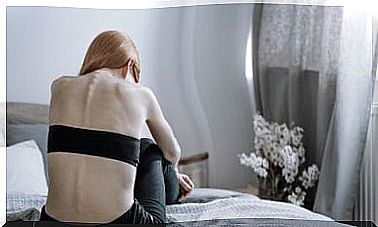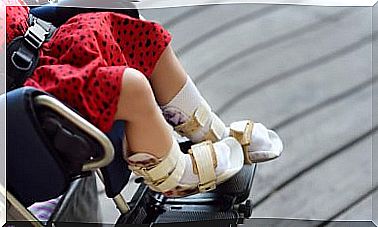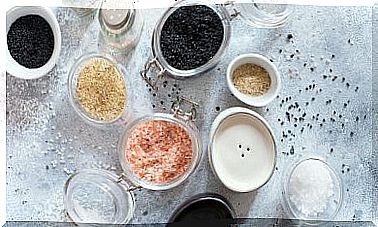Spurs: Causes And Treatments
Discover how to avoid the appearance of spurs on the foot with some simple guidelines that you can carry out in your day to day. Do not miss them in the next article.
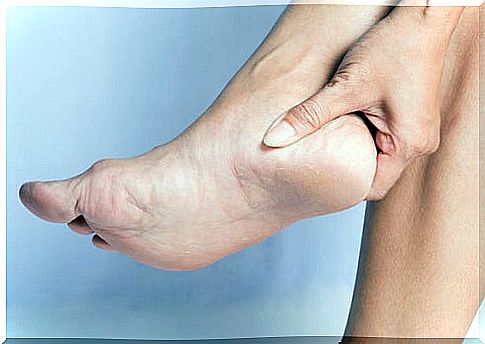
Heel spurs are a very common problem. They usually develop due to calcification of the heel and cause a lot of pain and problems to mobilize the foot joint.
They can be caused by multiple causes, from poor posture, to the use of certain inappropriate footwear or any element that can modify the area.
When the inflammation of the heel worsens, it can cause plantar fasciitis and the discomfort could also spread to the foot and toes.
To diagnose a spur, doctors often use a regular X-ray. However, they can also be seen with the naked eye, since they are small bumps caused by the accumulation of calcium, as mentioned before.
Next, we tell you what are its causes and the available treatments.
What to know about dewclaws
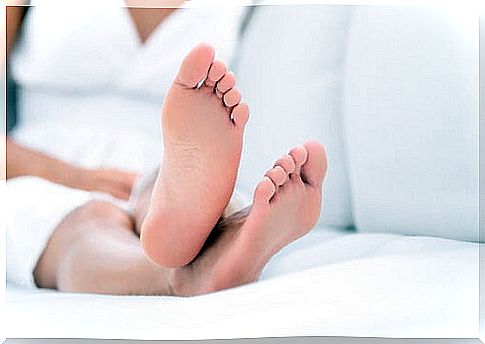
As this information from Fisio Online suggests, among the factors that trigger this pathology are rheumatic diseases, age or inappropriate footwear. It is also related to being overweight, flat or very arched feet and contractures in the Achilles heel.
The continuous and excessive stretching of the plantar fascia (tissue that covers the muscles of the foot) are what would cause this condition, as well as the sensitivity in the area.
The spur itself does not present any symptoms. However, it can generate the so-called plantar fasciitis, according to this study carried out by a team from the General Teaching Hospital “Abel Santamaría Cuadrado” in Pinar Del Río (Cuba).
This condition can arise on the inside of the heel, but also on any of the five toes. The sensation is painful and stabbing, but usually disappears when the foot is at rest.
How to prevent and treat spurs
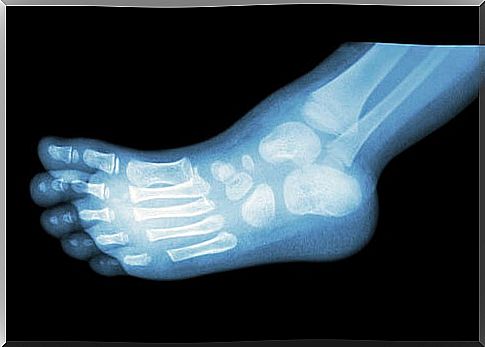
To prevent a spur from forming, it is first necessary to prevent the onset of plantar fasciitis. To do this, doctors carry out a detailed study of the foot and using personalized insoles, avoid overload and neutralize imbalances when stepping, in addition to optimizing the supports.
It is necessary to know that dewclaws do not have an overnight cure. The process can take time and you need to be consistent. Some effective treatments to reduce pain and inflammation are:
Bag of ice
Ice could work as an adjuvant to relieve inflammation and slightly reduce pain, according to this study carried out by a team from the University of Las Américas (Chile).
- Apply cold to the heel area for 15 minutes, at least 2 times a day.
- It can be a couple of ice cubes or a special bag that goes into the freezer.
- Some roll their feet on a frozen can or bottle.
Rest
It is important that the foot is not continuously working. Try to raise it at all times during the day and at night sleep with a cushion placed under the heel. In this way, the pressure exerted during the day will be reduced and you will be able to rest better.
Night splint
This tablet is prescribed by the doctor and is available in orthopedic stores. Helps the plantar fascia stretch while you sleep.
This “L” -shaped splint allows the foot to remain in its ideal position overnight. However, if it hurts a lot, you can ask your podiatrist if you can also use it during the day.
Exercise

Although it is true that physical activity is not always a good ally of the spurs, some stretching techniques can be useful to strengthen the area. This is suggested by this research from the Hospital General Nuestra Señora del Prado (Spain).
Consult with the podiatrist what type of exercises may be recommended, and under no circumstances do you perform them without their supervision.
Some of the most common are:
- Calf stretch. Stand facing the wall and support your hands. Put one foot behind the other. Bend your front knee a little. Push your hips toward the wall and hold for 10 seconds.
- Plantar fascia stretch. Cross your foot over the knee of the other leg. Take the fingers and gently push them towards you. Hold 10 seconds and return to the usual position. Repeat 20 times and switch feet.
Footwear
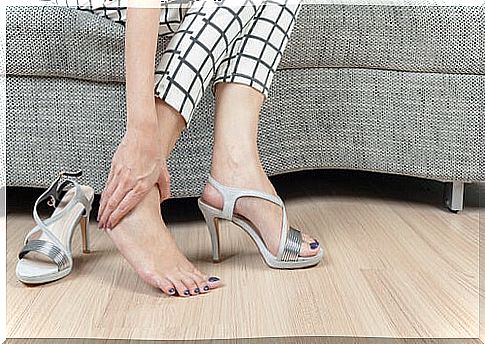
First of all, the shoes you are wearing must be your size. In the same way, try not to get too tight or too big.
In turn, try not to wear heels if you can help it. If you have to go to the office with shoes of this type, you can carry them in your bag and put them on when you get to work. When you are traveling or on your lunch break, change them for more comfortable ones.
Prevention is better than cure
If you already have a spur, it is recommended that you wear braces. You can try a heel cup to put on, special insoles for each shoe, or personalized products (toe pads or sponges, to name a few).
In the same way, remember that it is not enough to use a specific device: you must modify certain habits related to your condition (especially if you are obese or overweight).
Consult with your podiatrist any questions you have in this regard. Although this problem is not serious, it can greatly worsen your quality of life.


